Having been invited twice to the Venice Biennale (in 2011 and 2013) and holding solo exhibitions in leading galleries around the world, Dayanita Singh is a towering presence in today's art scene.
Many continue to be heartened by her works, which use photographs as their primary element while evincing a distinctive expressive style transcending established frameworks and perceptions.
On the occasion of her appearance as a judge at the 2017 New Cosmos of Photography, we spoke with Ms. Singh about her impressions of judging the contest, her deep ties with Japan, and her determination as an artist.
Absolutely, yes. I wanted all the entrants to get themselves wholly involved in the editing process. I saw so many entries that were formatted like portfolios. That's plain wrong. I wanted them to contemplate about the editing, the arrangement, the sizes, and all the other details, and then submit their work.
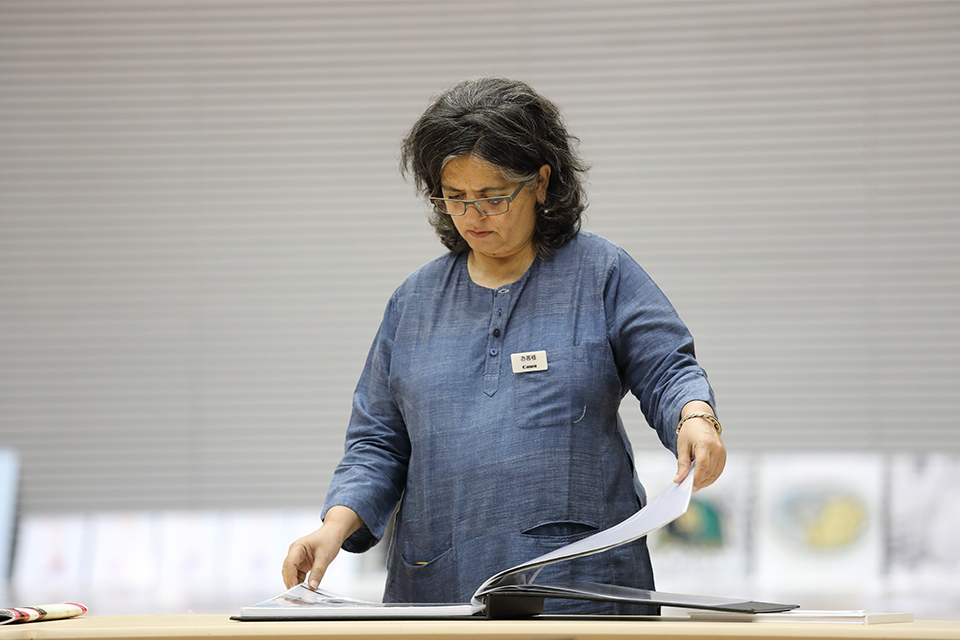
I was raised with photographs. My mother was always taking photographs of the family. Cameras and photographs were nothing special.
I decided to become a photographer when I turned 18. I believed that by becoming a photographer, I could escape the many social expectations I was under. The prevailing mindset back then in India in the 1980s was that women had to get married and bear and raise children. For me, becoming a photographer was the only way of gaining my freedom, escaping those constraints and being able to set off on a trip like anyone else.
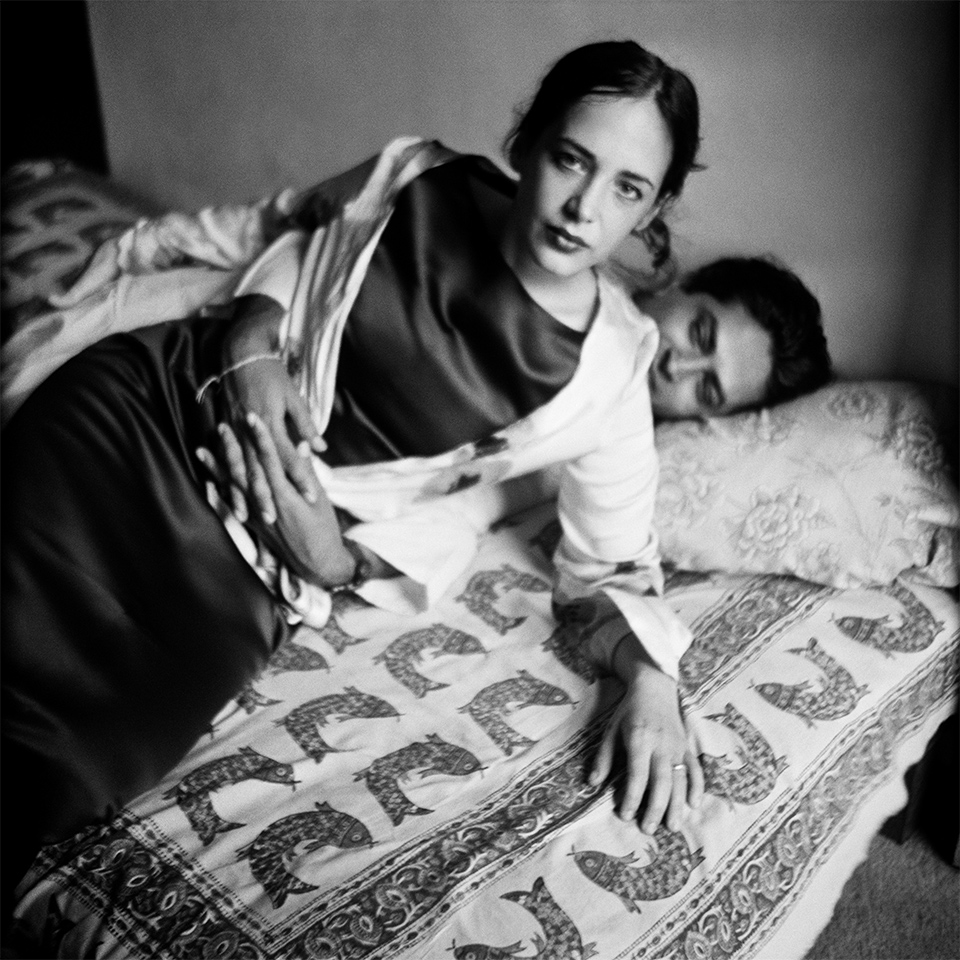
From <Museum of Chance> 2013 © DAYANITA SINGH
When I first came to Japan, I didn't read any guidebooks about Japan. Instead, I read “Japan, the Beautiful and Myself”, the speech Yasunari Kawabata gave when he received the Nobel Prize in Literature. That inspired me to visit the traditional Japanese dry landscape gardens he spoke of in the speech.
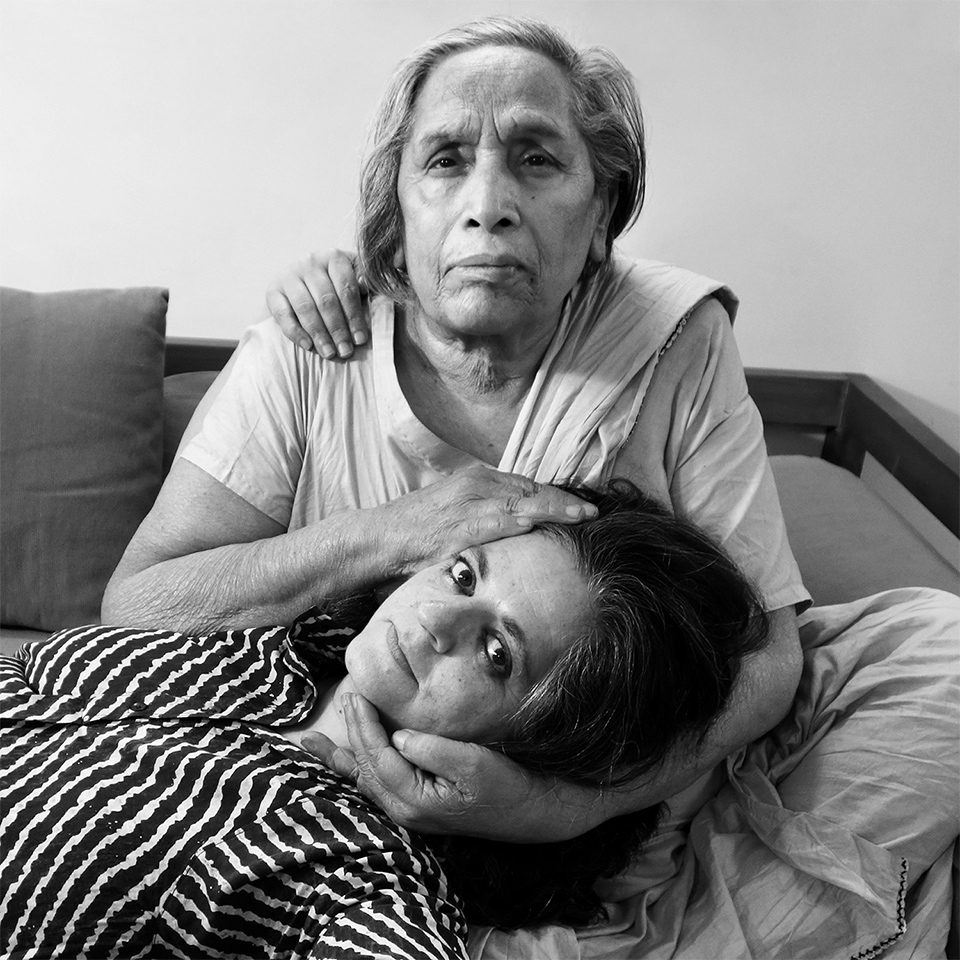
From <Little Ladies Museum - 1961 to Present>, 2013 photo by Nony Singh © DAYANITA SINGH
I was angry at myself — why hadn't I come to Japan 20 years sooner? When I returned to India, I even advised people around me that if you want to be a fully rounded artist, you should go to Japan. On the other hand, I think I understand the reason why Japanese people who come to India become so crazy. [laughs]
My experiences in Japan have had a profound influence on my work. I become richer each time I go and come back from Japan. Coming in contact with Japanese culture was very important in the evolution of my work.
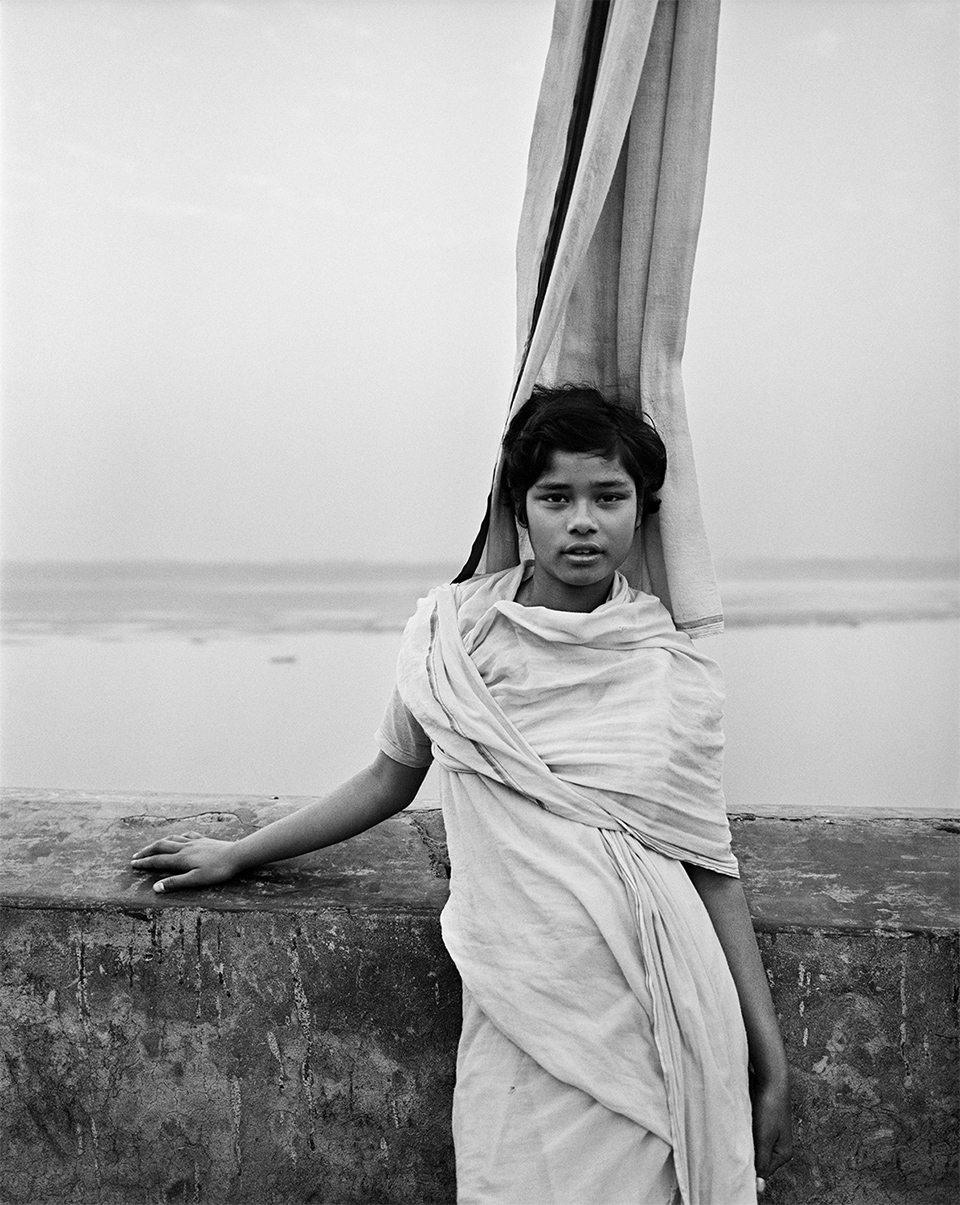
From <I Am As I Am> 1999, collection of the National Museum of Modern Art, Kyoto © DAYANITA SINGH
In terms of someone related to photographic expressions, the most important is “In Praise of Shadows” by Junichiro Tanizaki. The theories on photography of Susan Sontag and Roland Barthes are said to be among the most important in the world, but I think people should read “In Praise of Shadows” first. And then I would recommend Rilke's “Letters to a Young Poet”. The first letter is especially important.
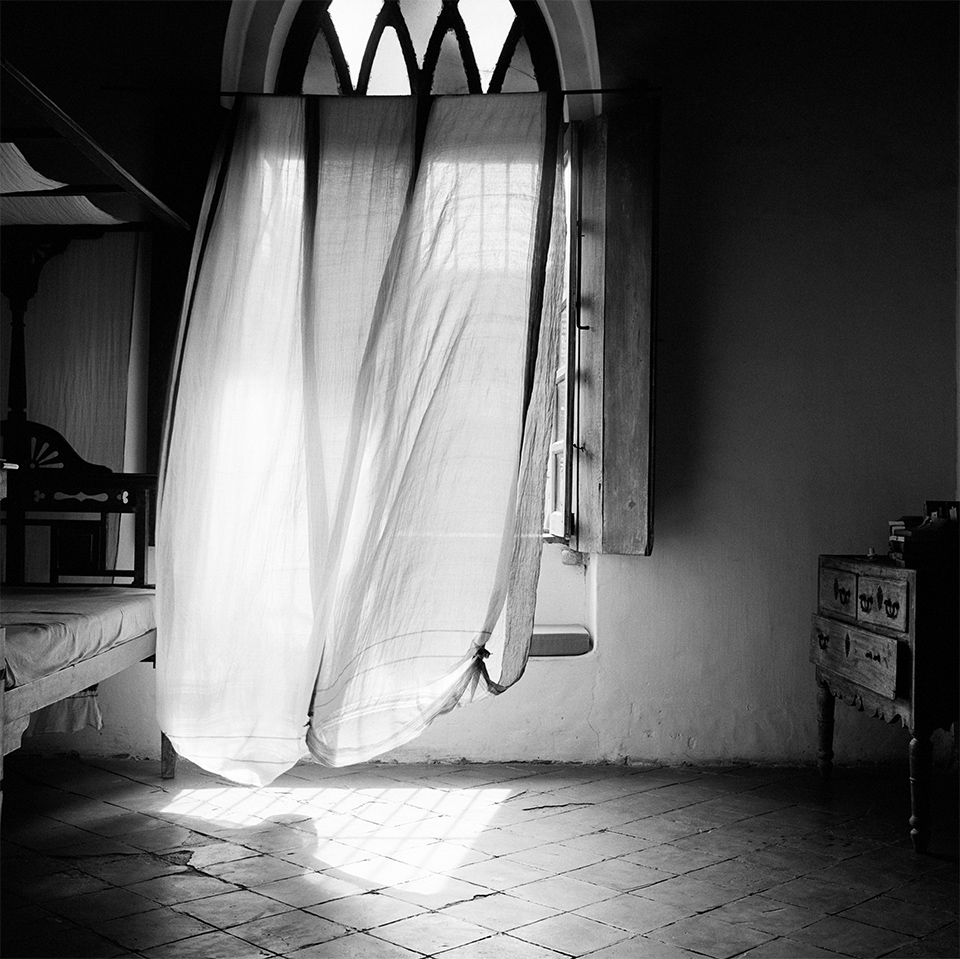
From <Museum of Chance> 2013 © DAYANITA SINGH
I came to Japan this time to judge this contest, and what I realized is we should free ourselves more from conversations about photography. If you have 20 prints, or 50 photo books, or a work of 2,000 pieces, what meaning does it have? Today I was able to take 2,000 photographs in this place. But what I really must do is broaden the conversation further. Photography is a language. What will you do using this language? That's the fundamental point.

From <Museum of Shadding> 2013 © DAYANITA SINGH
I knew this from the beginning. But discovering my own form took a long time. I've always said that you have to enter into the world in order to enter into photography.
Japan has a wonderful photography tradition. It might be the most wonderful in the world. But conversely, I sense that this makes it all the harder for young photographers to change the status quo.
Finding an original voice is essential. Whether it's good or bad doesn't matter. You have to have your own voice. You have to go outside photography to get it. It's necessary to be knowledgeable, of course — to understand photography as a medium and to understand what photography does. But you have to purposely defy this knowledge and push the envelope.

From <Museum of Chance> 2013 © DAYANITA SINGH
Bear in mind that art is definitely not easy. That's because you have to discover your own voice. You can't sing a song by borrowing someone else's voice. Of course, there's no guarantee even once you've found your own voice that people around you will like your voice.
I created the “Museum Bhavan” series to put in my own home. At the time, I didn't imagine galleries the world over would collect it. It never crossed my mind whether anyone would like it. In truth, at first no one cared for this work with the appearance of a portable museum. People even told me: “They're wonderful photographs. But why don't you decorate the walls with them instead of doing it that way?” The process of becoming an artist is a very lonely and painful experience. It certainly wasn't easy for me, because I was going in a direction I thought was new.
People working with photographic expressions should understand the importance of going outside the realm of photography and then returning to it again. It's crucial to study and experience literature, film, and architecture and then incorporate that in photography.
I'm talking about very complex things, but I want to say to everyone what's complex stays complex. Because art is not simple.
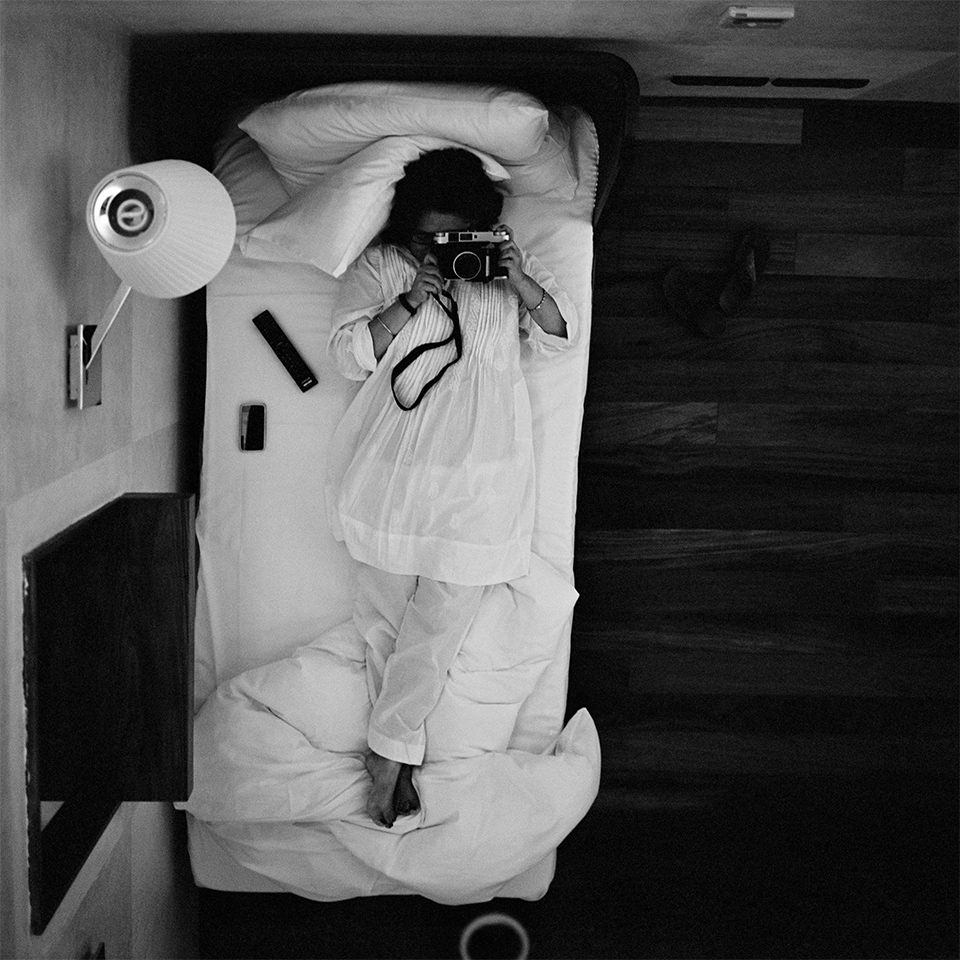
From <Museum of Chance> 2013 © DAYANITA SINGH
Of course! And even when society tells you to make something that's easier to understand, never give in to the pressure.
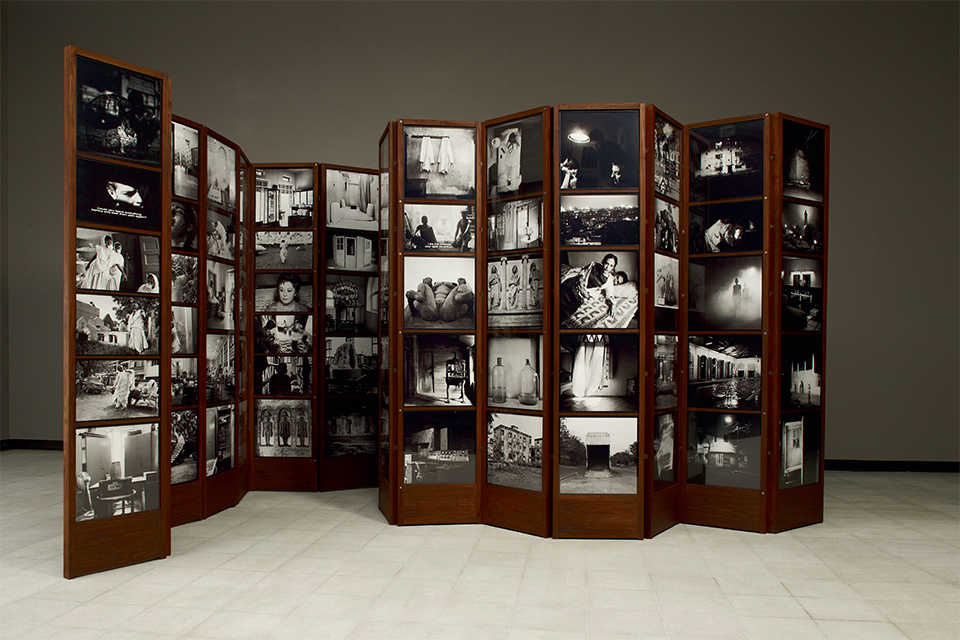
From <Museum of Chance> 2013 © DAYANITA SINGH
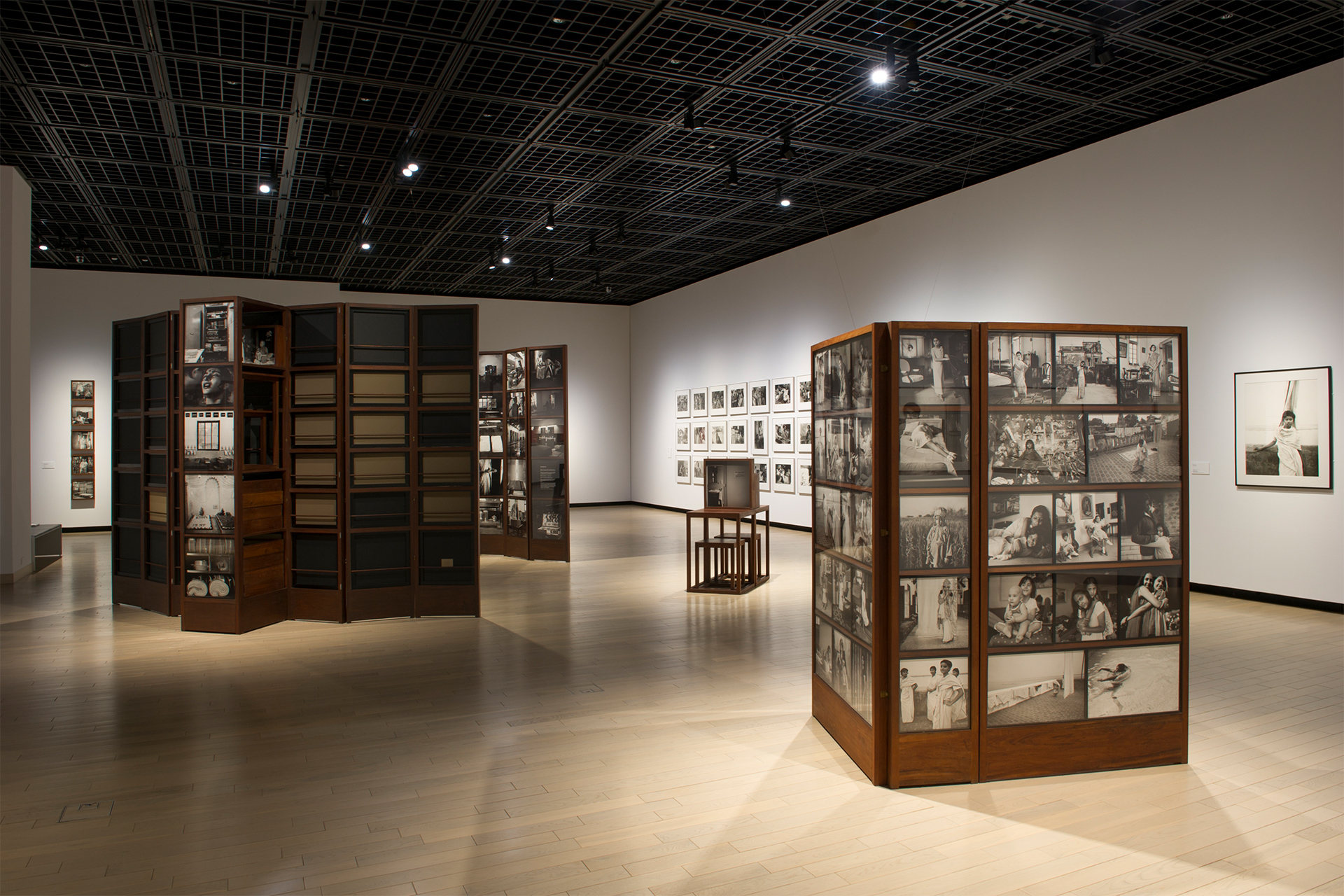
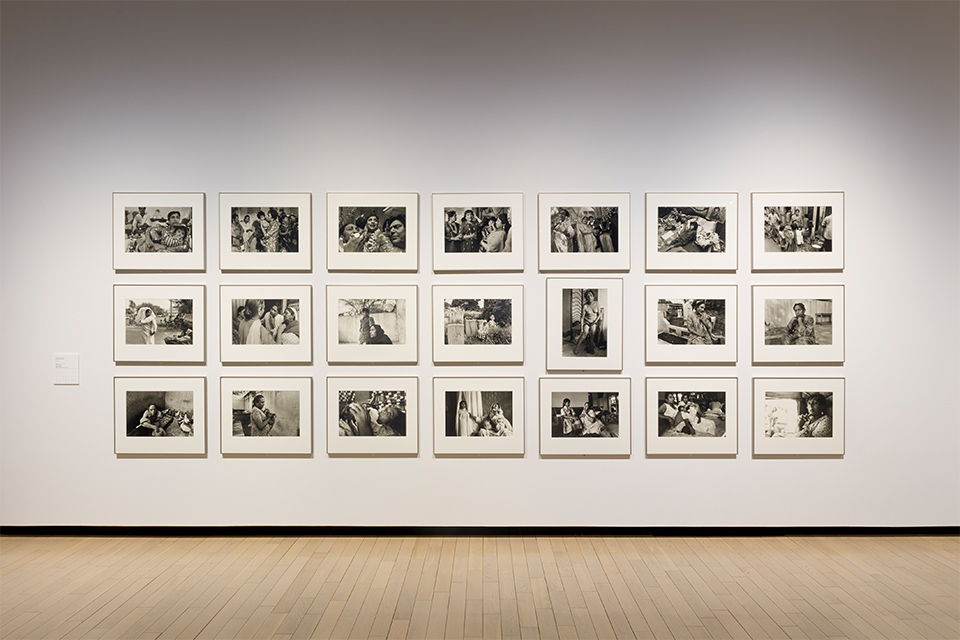
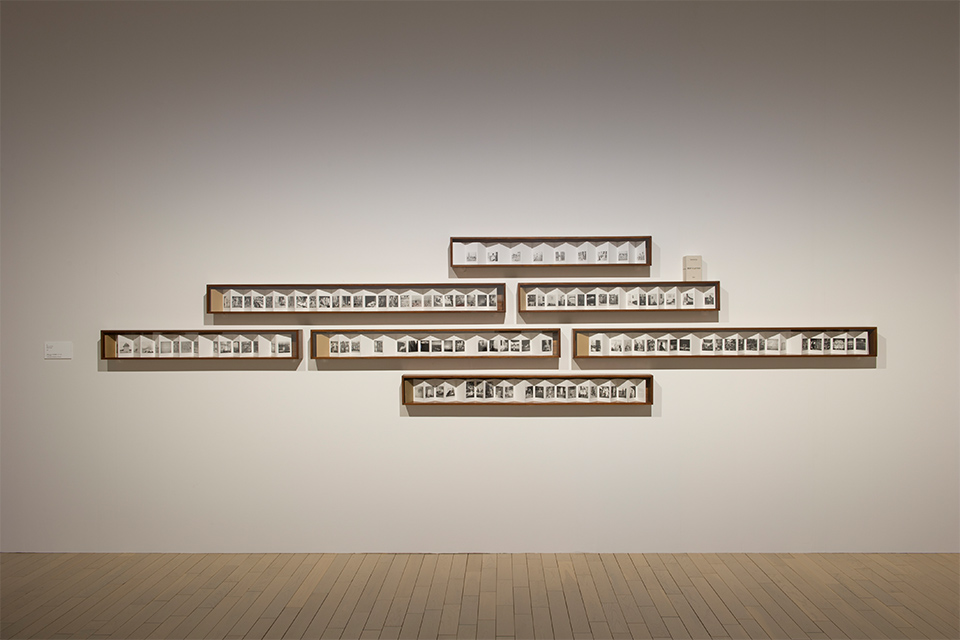
“Dayanita Singh, Museum Bhavan” (May 20, 2017 - July 17, 2017) at TOP Museam © DAYANITA SINGH
Born in New Delhi in 1961, Ms. Singh attended the National Institute of Design in Ahmedabad from 1980 to 1986 and studied documentary photography at the International Center of Photography in New York between 1987 and 1988. For the next eight years, she tracked a wide array of social issues in India, including Bombay sex workers, child labor, and poverty, and published numerous articles in European and American magazines. She continued to photograph scenes from Old Delhi for The Times of London over 13 years, which she published in the collection Myself, Mona Ahmed (2001).
At the end of the 1990s, she quit photojournalism once and for all and shifted her thematic focus to India's wealthy and middle-class. She has been invited to exhibit her work at many international exhibitions, including the Venice Biennale (2011 and 2013) and the Biennale of Sydney (2016). Ms. Singh participated in the Reading Cinema, Finding Words: Art After Marcel Broodthaers exhibition at The National Museum of Modern Art, Kyoto and The National Museum of Modern Art, Tokyo (2013 and 2014).